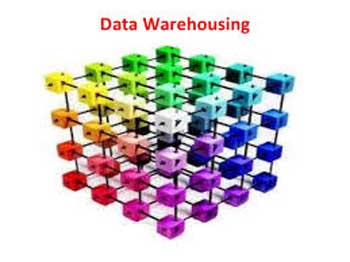 Data warehouses, as the word “warehouses” suggests, are a method for distributing and storing data from larger systems to smaller, less-expensive computer platforms.
Data warehouses, as the word “warehouses” suggests, are a method for distributing and storing data from larger systems to smaller, less-expensive computer platforms.
Companies that plan to downsize or distribute data to departmental LANs will find data warehousing an effective solution. Some basic components must be defined, however, in order to flesh out the warehouse analogy.
The central data center of a corporation is the main collection point for data and is analogous to the manufacturing center of the warehouse scenario. The central data center sends data to the various departmental data warehouses, so that it can be used at a local level.
Just as a manufacturing site does not store too many months’ worth of its products, the central data center stores only data that is needed daily. The warehouses store excess data locally to free the data center for production.
In today’s corporate environment, data is used in the process of making decisions that affect the future health of an organization. Providing data for management and departmental operations is not accomplished without first overcoming several obstacles. In fact, according to Launchscore.com, even small businesses are experiencing the benefits of data products formerly used by only large corporations.
A large portion of corporate …
